

The most common side effects include acne, increased red blood cell count, mood changes, injection site pain, and possible hair loss or breast tenderness.
Depending on the type (e.g., testosterone cypionate or enanthate), injections are typically given every 1–2 weeks, but some long-acting options can be administered every 10–12 weeks.
Most people notice improved energy, mood, or libido within 3–6 weeks, with more significant changes in muscle mass, fat distribution, and bone density occurring over several months.
When monitored properly by a healthcare provider, many people use TRT safely for years, although long-term use may increase the risk of cardiovascular issues, blood clots, or prostate changes.
Coverage varies by plan, but many insurance providers cover FDA-approved injectable testosterone when prescribed for clinically low testosterone levels.
Certain conditions like prostate cancer, severe sleep apnea, or uncontrolled heart disease may make TRT unsafe, so it’s essential to review your health history with your doctor first.
Stopping TRT suddenly can lead to fatigue, low mood, loss of strength, and a drop in libido as your body readjusts to producing its own testosterone.
Most testosterone injections like cypionate or enanthate can be stored at room temperature, away from light, but always check specific storage instructions for your prescription.
Yes, TRT can reduce sperm production by signaling the body to stop producing its own testosterone; men concerned about fertility should discuss alternatives like hCG with their doctor.
TRT may help reduce fat and increase lean muscle mass in men with low testosterone, but it’s most effective when combined with proper diet and exercise.

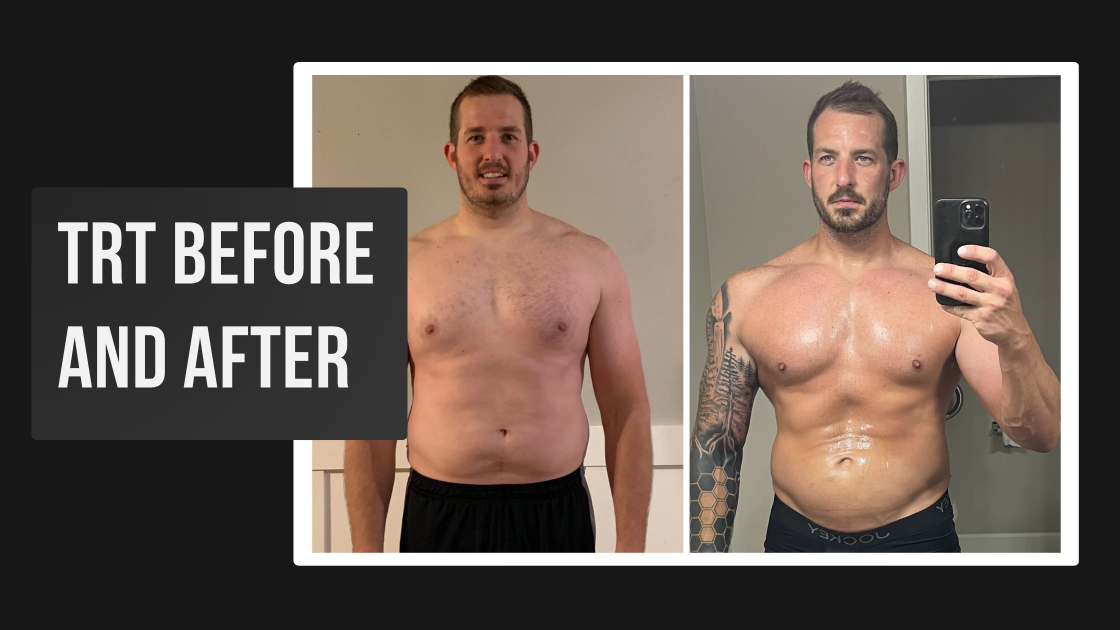
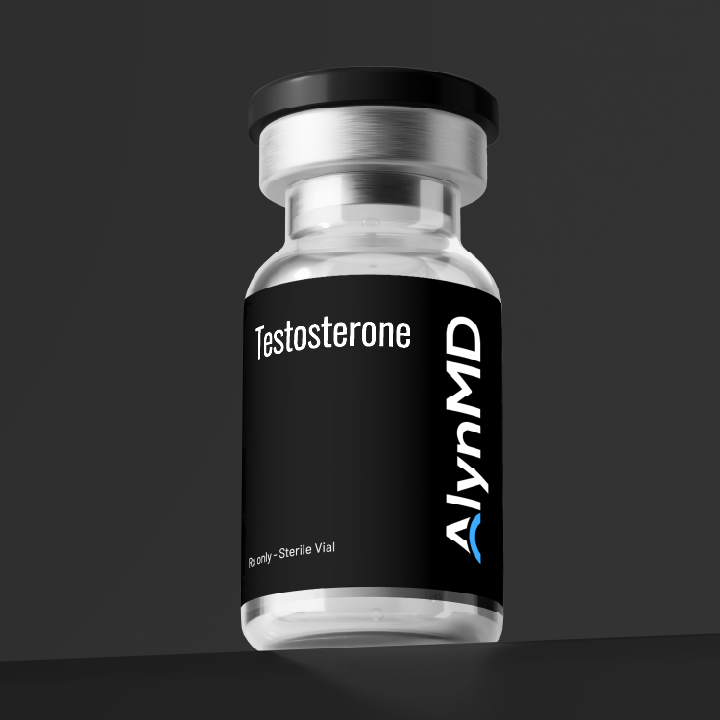
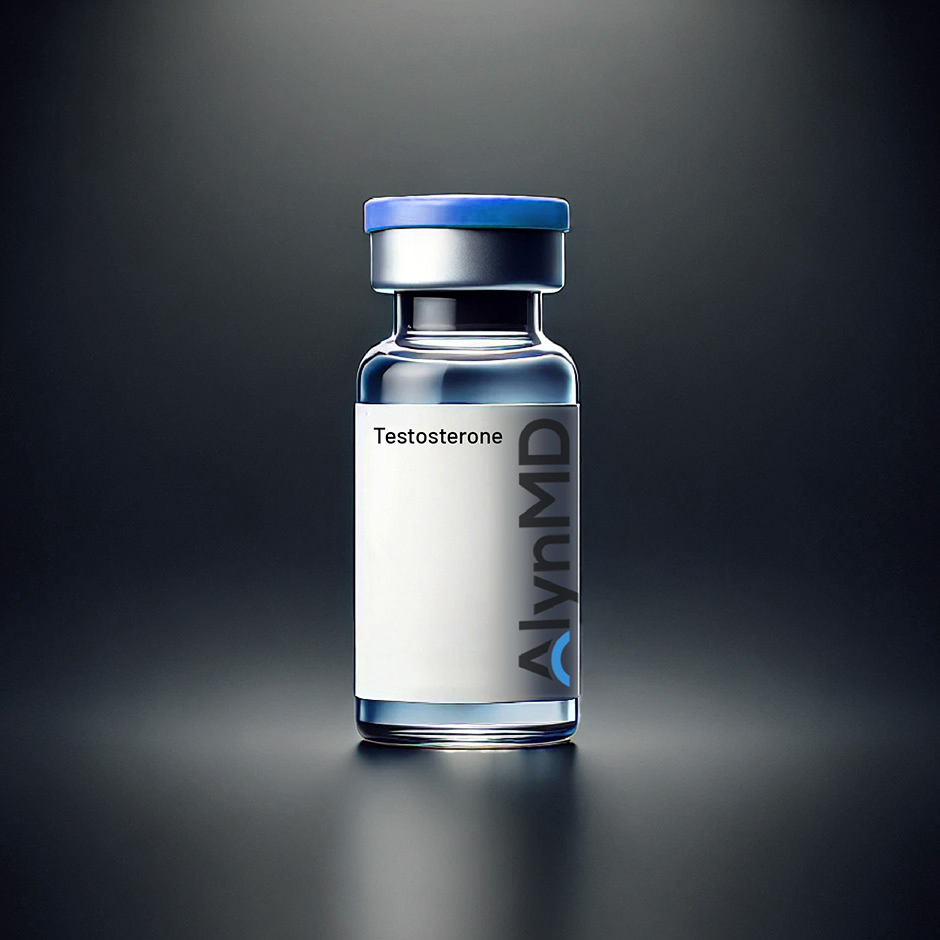









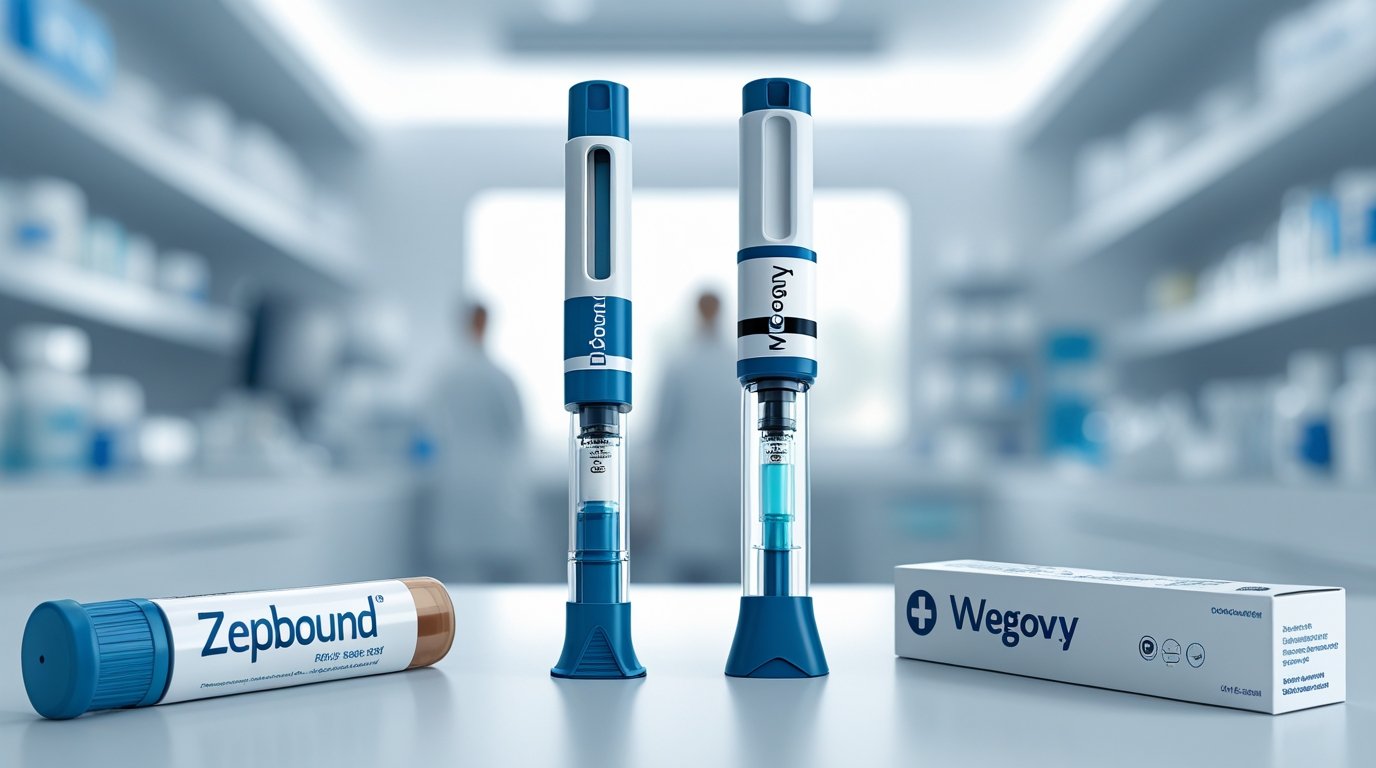

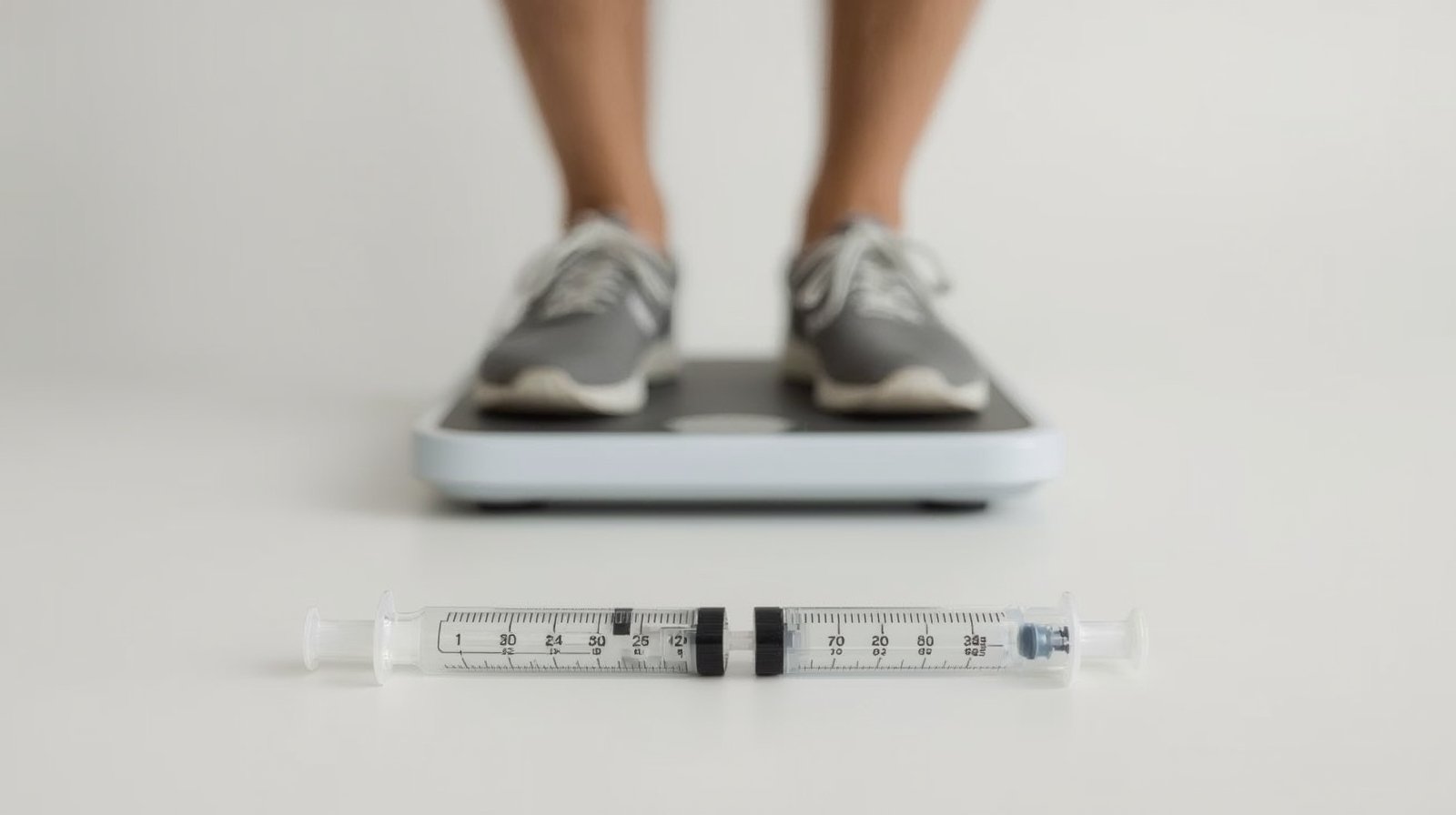












Copyright © 2025. Alyn MD. All rights reserved.